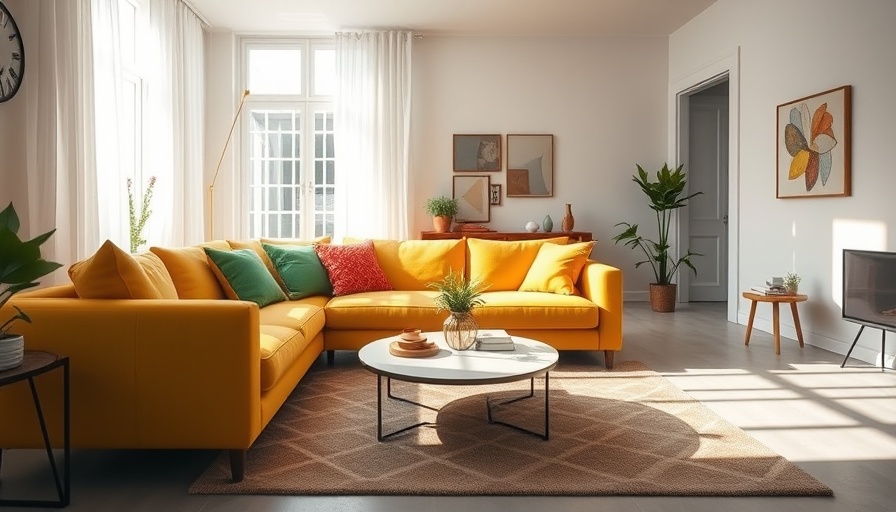
Understanding Feng Shui: The Significance of Color
Feng Shui, an ancient Chinese practice, emphasizes the importance of harmonious living environments to enhance overall well-being. Central to this practice is the concept of color, which plays a crucial role in setting the mood and energy of a space. Colors in Feng Shui are not merely aesthetic choices; they signify different elements and emotions, contributing significantly to the principles of balance and harmony in home decor.
The Power of Color in Your Home
Colors can evoke feelings, influence perceptions, and dictate energy flow in our homes. For example, reds and oranges can stimulate energy and excitement, making them ideal for social areas like kitchens and dining rooms. In contrast, blues and greens foster calmness and tranquility, perfect for bedrooms and meditation spaces.
Choosing Colors for Specific Rooms: Expert Insights
When selecting colors in Feng Shui, professionals recommend considering the functions and energies of each room. Here are a few expert suggestions:
Living Room: Soft earth tones promote stability and welcome positiveness, creating a nurturing environment for family gatherings.
Kitchen: Warm colors can inspire creativity and appetite but should be balanced with cooler tones for harmony.
Bedroom: Soft blues and greens can create a serene atmosphere, conducive to restful sleep.
The Emotional Connection of Colors
The emotional impact of color cannot be underestimated in Feng Shui. For instance, yellow, associated with happiness and stimulation, can energize social interactions but might overwhelm if overused. Neutral colors can serve as a balancing factor, allowing for an adjustable mood based on personal preference.
Future Trends in Home Decor Color Schemes
As we look to the future, color trends in home decor are shifting towards more personalized palettes. The blending of modern aesthetics with traditional Feng Shui principles hints at a growing appreciation for mental wellness through our environments. Technology plays a role here too; apps that visualize color pairings based on Feng Shui principles make it easier for homeowners to create balanced living spaces.
Counterarguments: Examining Skepticism
While many embrace Feng Shui, skeptics argue that color choices are subjective and can vary from person to person. The emphasis on positive energy and well-being may resonate differently with individuals, depending on their experiences and personal tastes. Therefore, incorporating Feng Shui may require a balance between its guidelines and personal preference to find a truly harmonious space.
Practical Tips for Implementing Colors
If you’re looking to revamp your home using Feng Shui principles, start small. Consider painting an accent wall in a color that represents the energy you want to cultivate. Additionally, accessorizing with decorative items in your chosen color palette helps to reinforce the desired atmosphere.
#FengShui, #HomeDecor, #ColorTheory, #InteriorDesign, #Harmony, #WellBeing, #LivingRoom, #Bedroom, #Kitchen, #EnergyFlow
 Add Row
Add Row  Add
Add 




Write A Comment